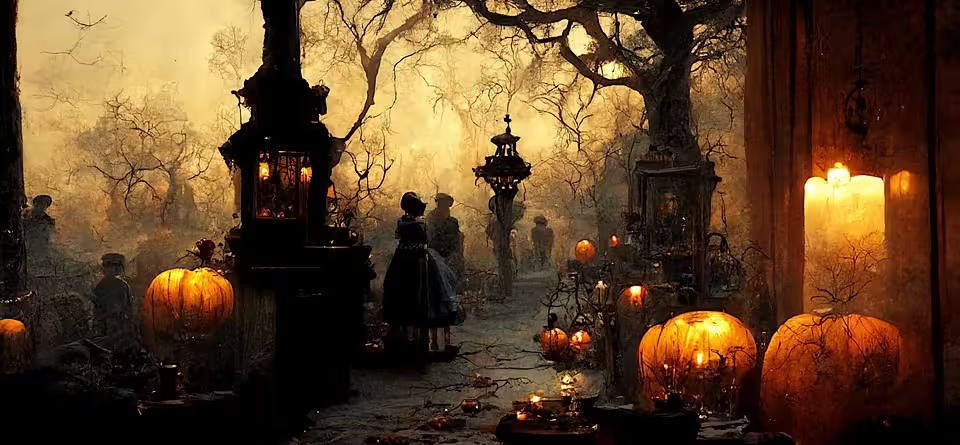Can AI Replace Human Creativity? The Debate Continues
AK-AI2024-09-08T23:18:39-04:00Introduction: The Intricate Dance Between AI and Creativity
The digital landscape is evolving rapidly, and as we dive deeper into the world of artificial intelligence (AI), the question arises: can AI genuinely replace human creativity? Recent advancements have ignited a heated debate among artists, technologists, and philosophers alike. AI technologies, such as OpenAI’s GPT-3 and DALL-E, are creating artworks and generating text that challenge our understanding of originality and imagination. However, the exciting evolution doesn’t stop at creating art; AI is also redefining music, writing, and various other creative fields. As we navigate this complex terrain, let’s dissect the intricacies of AI’s role in creativity and explore whether it can truly replicate the human spirit behind creativity.
The Mechanisms: Understanding AI’s Creative Process
To comprehend whether AI can replace human creativity, we must first examine how AI systems operate. Tools like ChatGPT are built on intricate neural networks that process vast amounts of data, learning patterns, and styles through deep learning algorithms. For example, when AI generates text, it doesn’t create ideas from scratch; rather, it predicts the next word based on the statistical probability of what has come before. This means that while AI can simulate creativity by crafting content that appears artistic or insightful, it fundamentally lacks an emotional underpinning or personal experience, which are often essential to human creativity.
The Risk of Homogenization: Blandness in AI-Generated Art
One of the significant criticisms of AI in the creative realm revolves around originality. Machine learning options, while powerful, often rely on existing data, leading to a concern about a phenomenon called homogenization. As AI tools aggregate styles and ideas from pre-existing works, they may foster a bland uniformity. Take, for instance, AI-generated music platforms like AIVA and Jukedeck—while they can create enjoyable background scores for content creators, the music lacks the nuance, cultural context, and subtlety that human composers bring to their craft. In essence, the unique interpretations and experiences of a human artist are what lend depth to creativity that AI might lack, leading some critics to argue that AI-generated art lacks ‘soul.’
AI as a Collaborative Partner: A New Renaissance?
Contrary to the idea that AI could completely replace human creativity, a compelling narrative is emerging surrounding AI as a collaborative partner. Visionaries across numerous fields are beginning to harness AI’s capabilities as a tool to elevate their creative processes. Platforms like Runway ML enable artists to create stunning visuals by merging AI’s computational power with human intuition, giving rise to unique hybrid creations. As we rethink the potential of collaboration, one can argue that AI can be a muse that empowers creativity rather than a replacement. This fusion could lead to a new creative renaissance, blending human insight and AI’s efficiency to produce innovative solutions in literature, art, and sciences.
The Ethical Considerations: Ownership and Authenticity
The debate doesn’t just hinge on ability, but also on ethics. Issues surrounding intellectual property and authenticity surge to the forefront as a result of AI’s intervention in the creative space. Can a piece created by a neural network claim ownership? Who is the true artist—the programmer, the AI, or both? Furthermore, as AI-generated content begins to proliferate, the line between authentic human artistry and algorithm-generated work becomes increasingly blurred. Companies and creators need to grapple with these ethical dilemmas as they consider integrating AI into their workflows. Emerging discussions around AI copyright, like those illustrated by a recent article in Wired detailing the latest legislation surrounding AI art, are reshaping the landscape. Only through thoughtful examination of these topics can we pave the way for responsible use of AI in creativity.
Conclusion: The Unfolding Future of AI and Human Creativity
As we stand at the intersection of technology and creativity, it’s clear that the conversation regarding AI’s potential to replace human creativity is nuanced and ongoing. While AI has made strides in simulating creative processes, the emotional depth and unique perspectives of human creators cannot be replicated. Instead of viewing AI solely as a rival, embracing it as an ally may catalyze innovation and inspire a fresh wave in artistic expression. This collaborative future holds the promise of a vibrant amalgamation of human intuition and machine efficiency, leading to unprecedented horizons in creativity. With platforms continuously evolving and new tools emerging, the blend of human ingenuity and AI could very well reshape not only the arts but all creative disciplines.
Explore Further
If you’re intrigued by the seamless blend of artistry and technology, consider exploring the following tools and resources:
- OpenAI’s GPT-3 – A powerful AI text generator for creative writing.
- DALL-E – An AI that generates images from textual descriptions.
- Runway ML – A platform bridging AI and creative arts.
- AIVA – AI music composer for creating unique soundtracks.
- Wired Article on AI Creativity Legislation – Insight into the ethics and ownership of AI-generated content.
Discover more from Akiatech Solutions Blog
Subscribe to get the latest posts sent to your email.
